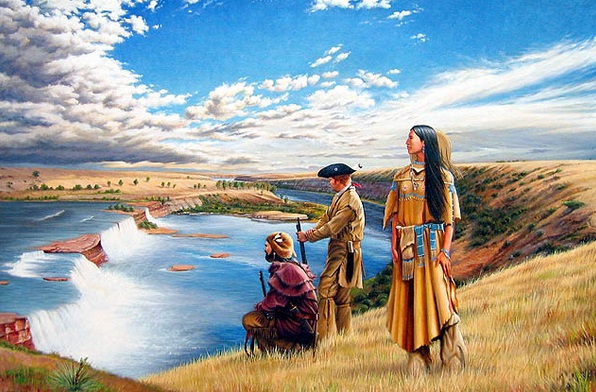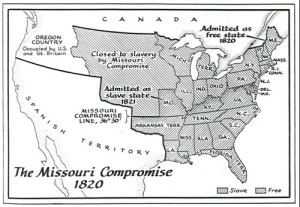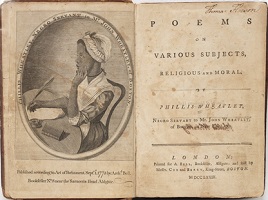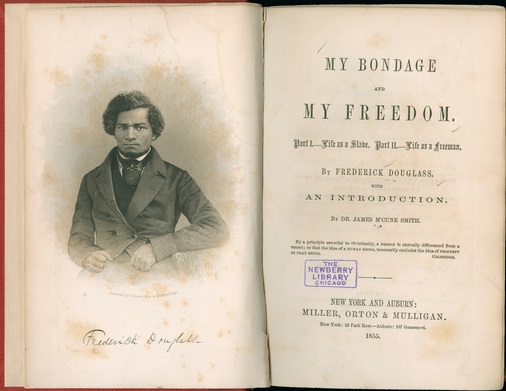- Reliable historical information about Sacagawea is limited.
- Most of what we know from her comes from the Lewis and Clark journals of the Corps of Discovery expedition.
- There is so much discussion and argument as to the spelling of her name: Sacagawea, Sakakawea, Sacajawea.
- Her name in the Shoshone language means “Bird Woman” and in Hidatsa “Boat Launcher”.
- There are seven variations of its spelling in the journals: Sah-kah-gar-we-a, Sah-ca-gar-me-ah, Sah-cah-gah-ew-a, Sah-cah-gah-we-a, Sah-cah-gar-we-ah, Sah-car-gar-we-ah and Sah-car-gar-me-ah.
- In his journal Clark once referred to her as “Janey”. She was also referred to as “squaw”, a term that was not derogatory at the time and that meant Native American woman.
- The most common spelling of the name of the Native American heroine is Sacagawea. It is the spelling adopted by the US Mint and US Geographical Board.
- Even though her name is spelled with a hard “g” most people call her “Sacajawea” with a “j”.
- As with her name, her death is also controversial. According to John Luttig’s journal[1], a clerk at Fort Manuel, Sacagawea died in 1812 in North Dakota at about age 25. The cause of death was typhus also known as putrid fever.
- Native American Indians did not develop a written language; oral Indian tradition holds that Sacagawea died in 1884 and is buried in Wyoming.
- Sacagawea belonged to the Lemhi Shoshone Indians also known as Snake Indians. The name Snake Indians came from their distinctive trait in quickly hiding away when discovered.
- The Gros Ventres of Missouri also known as Hidatsa Indians, long time enemies of the Shoshones, captured Sacagawea and other women and took them as prisoners. The Gros Ventres of Missouri are not to be confused with the Gros Ventre of the Prairies.
- Sacagawea was about 11- 13 years old when she was kidnapped by the Hidatsas and taken to present day Washburn, North Dakota.
- Toussaint Charbonneau acquired Sacagawea when she was about 11-13 years old, later he made her his wife. He was about 41 years old.
- Sacagawea was the only woman in the expedition made up of 32 male members.
- Sacagawea traveled 5,000 miles (10,000 km) with her infant son.
- Sacagawea joint the expedition when her son, Jean Baptiste, was 55 days old.
- Jean Baptiste was nicknamed “Pomp” as was the tradition with the first born son of Shoshone mothers. “Pomp” means leader.
- Touissaint Charbonneau was born in Canada c.1767. He was an interpreter for fur traders. From 1819 to 1839 he was employed by every United States Indian Agent and sub-agent of the Mandan and Upper Missouri Indian tribes. [2]
- It is believed that Sacagawea’s second child, Lizette, died during childhood as there is no mention of her after her mother’s death.
- In 2000 the US Mint issued a golden Sacagawea dollar coin.
- Since 2009 the design of the reverse of the coin has been changed every year with a Native American cultural feature. The face of the coin has remained unchanged showing Sacagawea and Jean Baptiste.
- Sacagawea was the face of the National American Woman Suffrage Association in the early 20th century.
- Sacagawea became a significant historical character in her own right after the publication of a novel Conquest: The True Story of Lewis & Clark by Eva Emery Dye. The novel was published in 1902.
Next – Chronological timeline of the life of Sacagawea >>
[1] “Journal of a Fur-Trading expedition on the Upper Missouri 1812-1813”. Pg. 132. John C. Luttig, clerk of the Missouri Fur Company. St. Louis. Missouri Historical Society, 1920.
[2] “Journal of a Fur-Trading expedition on the Upper Missouri 1812-1813”. Pg. 136. John C. Luttig, clerk of the Missouri Fur Company. St. Louis. Missouri Historical Society, 1920.




